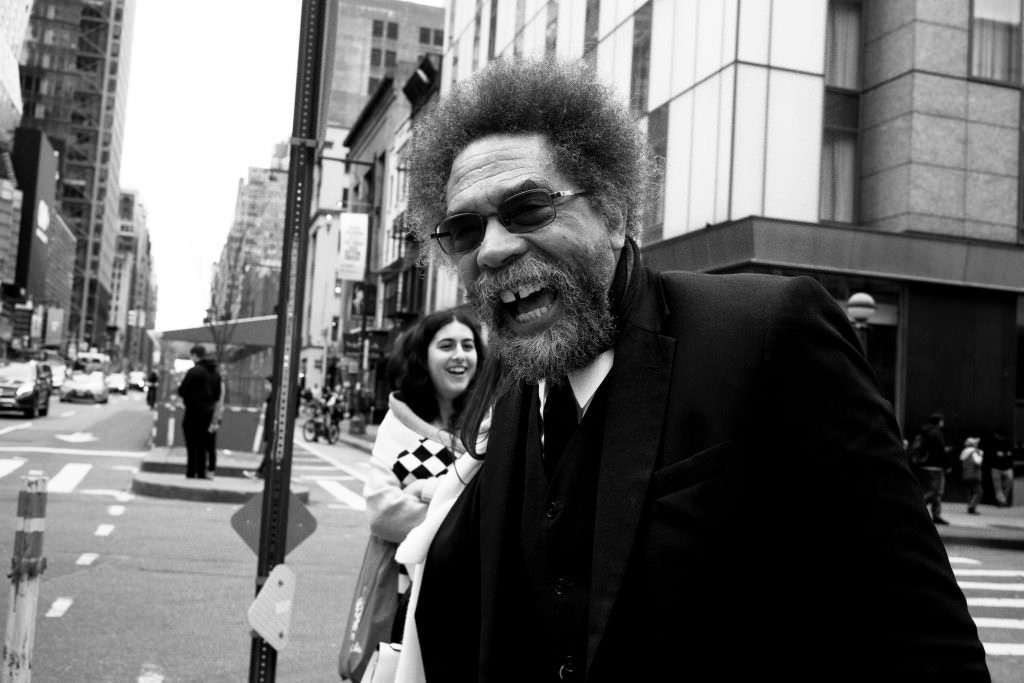Fourth Exibart Street Contest. Discover the Finalists: Brian Demby
Dear Brian,
first of all, congratulations! You are one of the ten finalists in our fourth Street Photography Competition in the Best Series category, and we are very happy to have this interview with you. Can you tell us something about yourself and about the finalist series? What was the main source of inspiration for this photo series? What did you hope to communicate through these images?
I am Brian Demby. I was born in Los Angeles and grew up by the beach in Malibu. My series for the Exibart contest is a collection of monochromatic images made in New York City. It is centered around capturing decisive moments that exude the energy of the city.
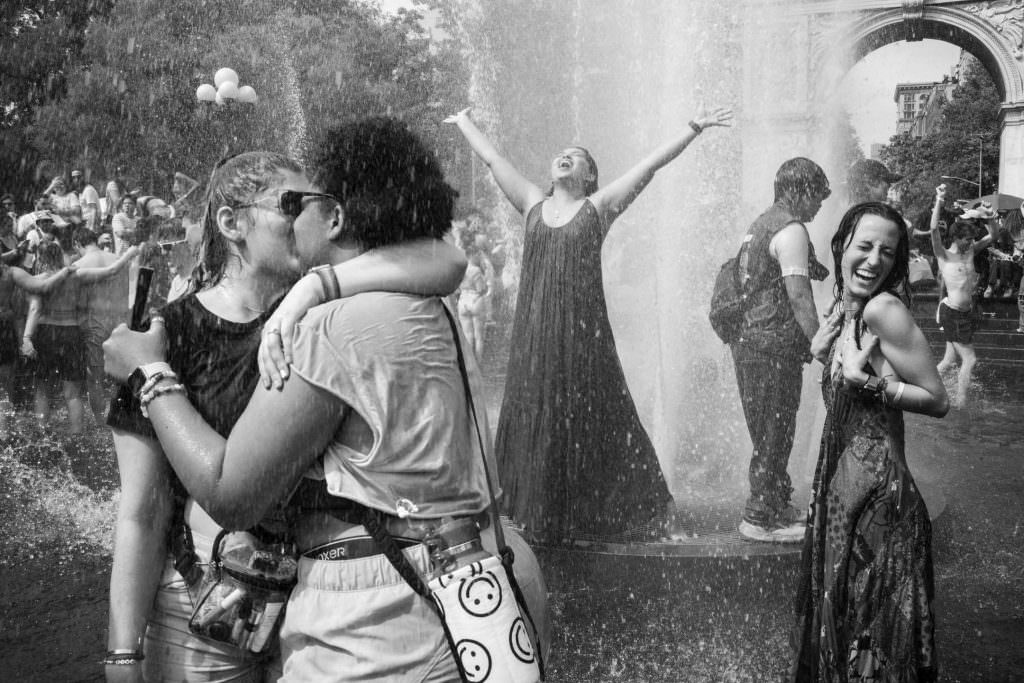
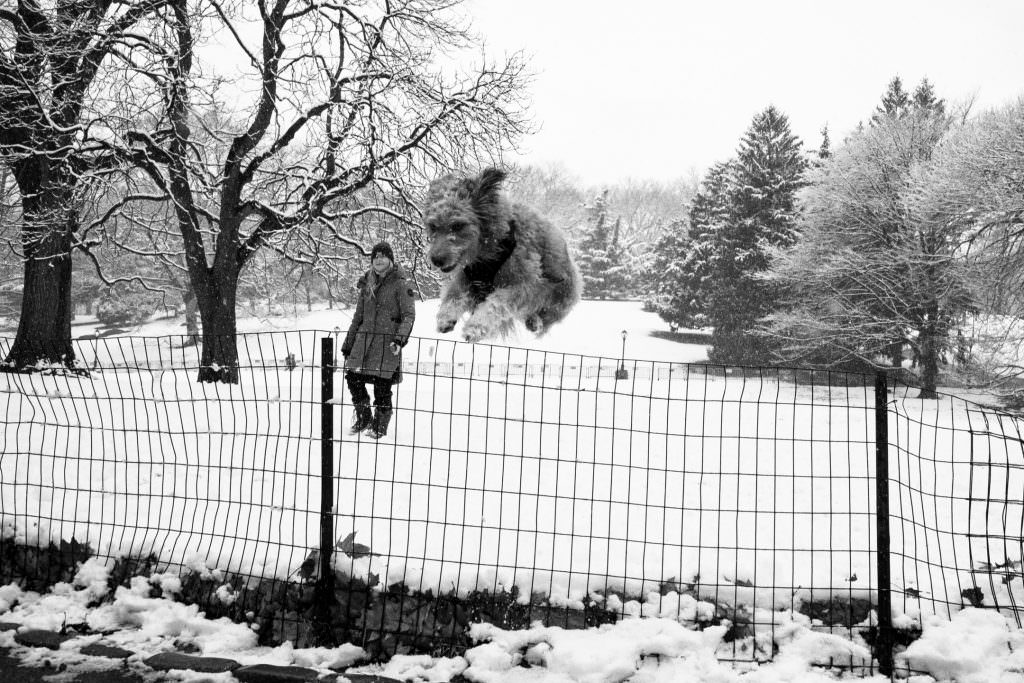
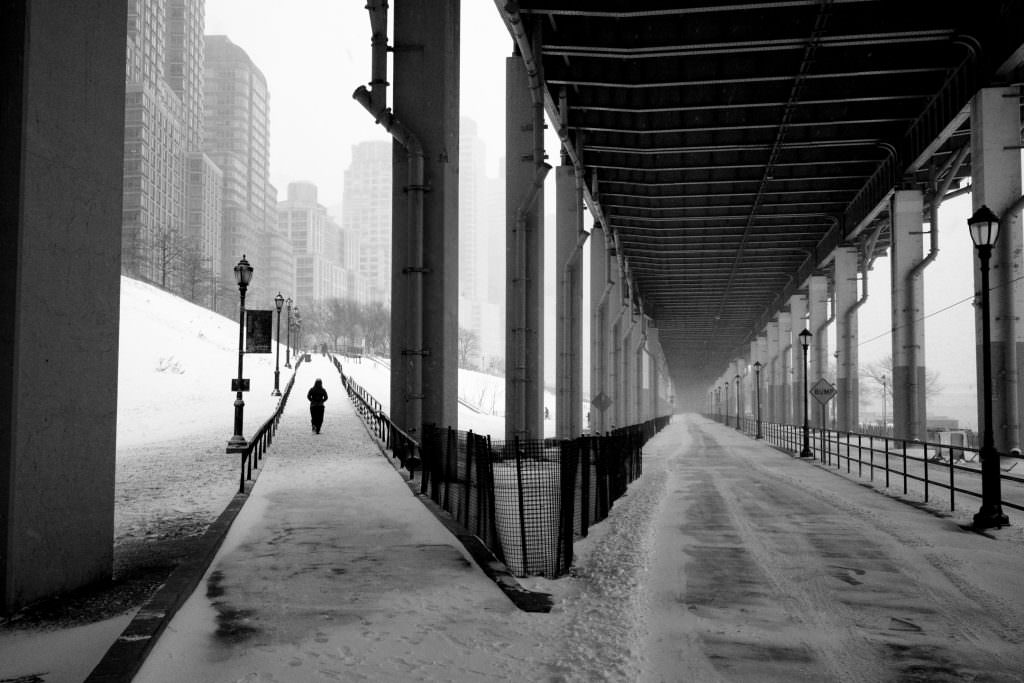
How do you choose the subjects or scenes to photograph?
I choose to photograph subjects and scenes that intrigue me. I keep an eye out for shapes, forms, emotions, coincidences, and the unusual. If something makes me smile, laugh, or think, I try to envision a frame in my head that would convey the emotion I experienced or tell a story that holds interest.
Is there a theme or thread you follow when creating a new series?
Yes, I usually try to start the day with a point of departure, something to follow as I build out a theme or try to uncover a theme.
B&W seems to play a significant role in many of your photographs. How do you use color or b&w to influence the mood or message of your images?
I chose to go with black and white images for this series for their timeless quality and their ability to strip a photo down to its essence. But I definitely make photos in both black and white and color. When dealing with contests or small series, keeping it all black and white or all color can help with its cohesiveness.
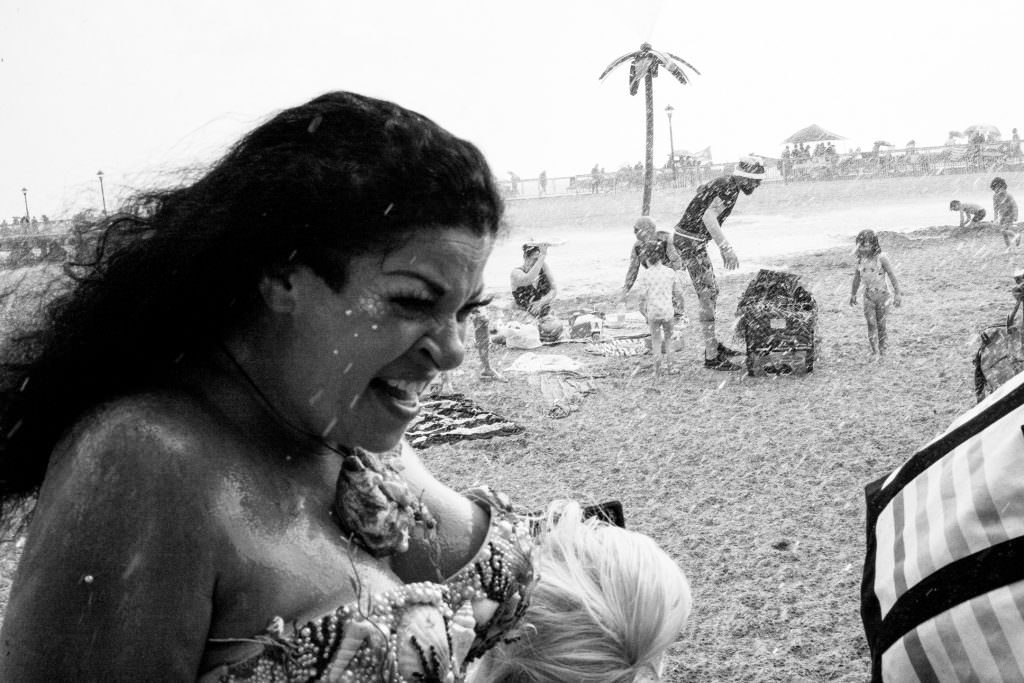
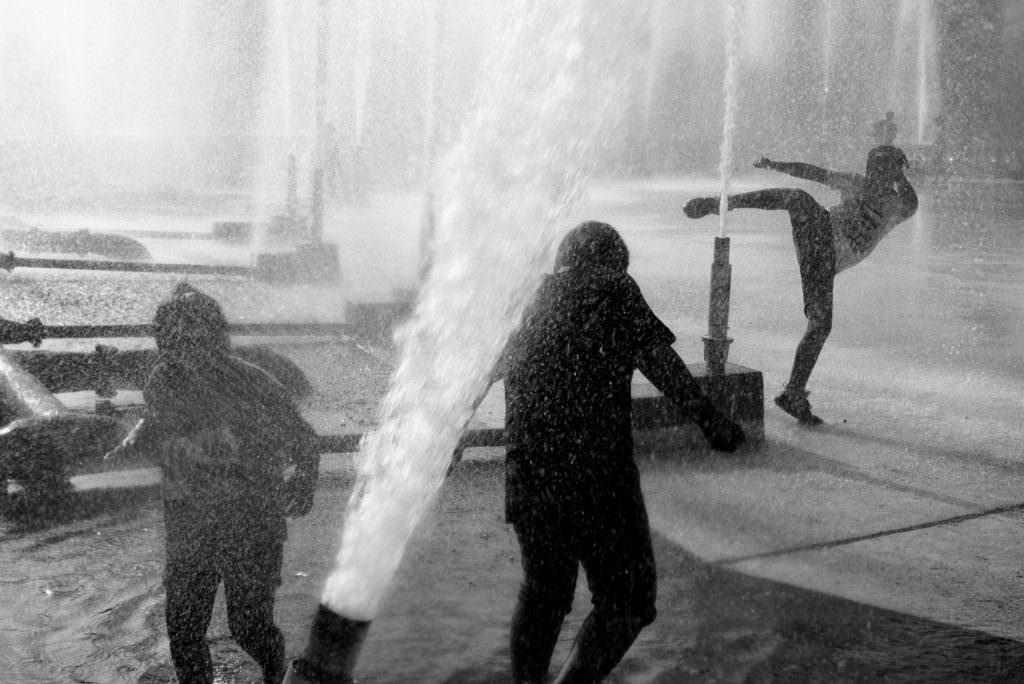
Can you describe some of the photographic techniques you use to capture the atmosphere and moment in your photographs?
I try to employ traditional street photography techniques such as getting close and filling the frame. I look for shapes and forms that speak to me. The Y, V, and divergent forms often present themselves in my photos. I don’t worry about being technically perfect. I’m not afraid of high f-stops and high ISO. When using a digital camera, I underexpose in camera and generally use the highest f-stop the available light allows for.
How would you define your photographic style?
I recently heard someone explain how having a style can limit your art and constrain creativity. I prefer to strive for a visual signature. Many of my photos exhibit a theme of diverging shapes or forms, juxtaposition, humor, audacity, and authentic energy.
“I love both digital and analog. I think the temptation of digital is to over-edit and, alternately, the perversion of film is look over substance. A good photo is a good photo; it transcends the tool.”
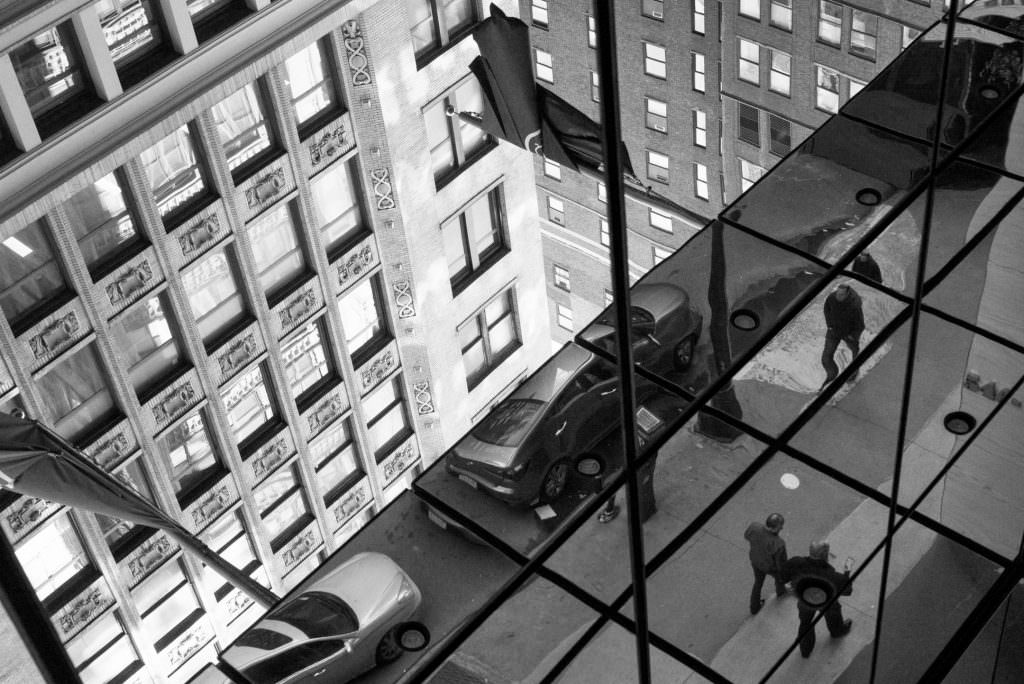
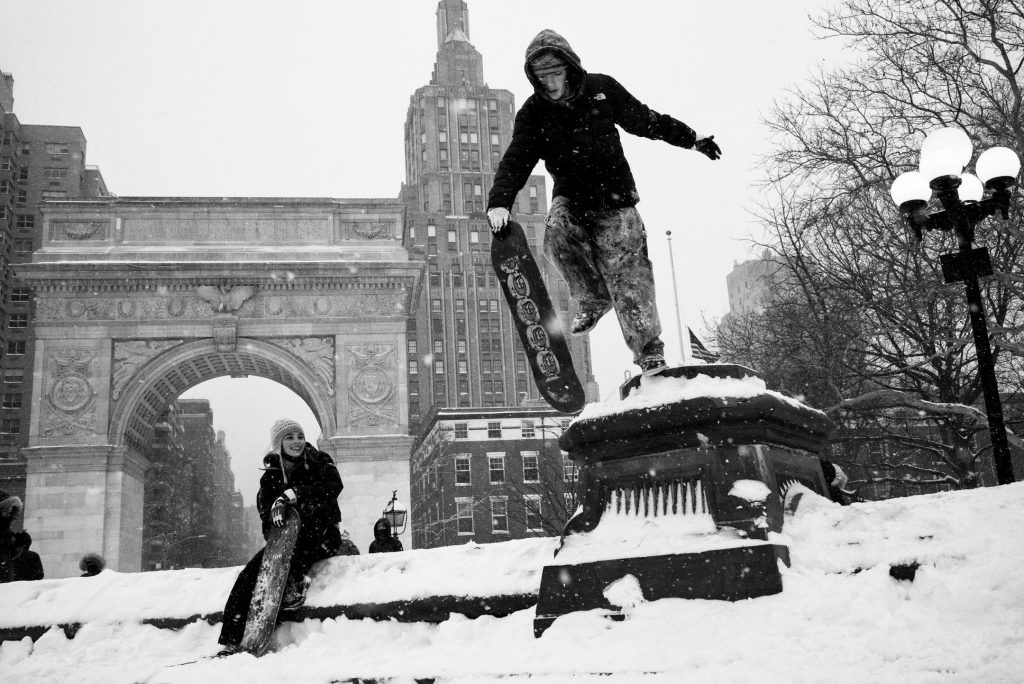
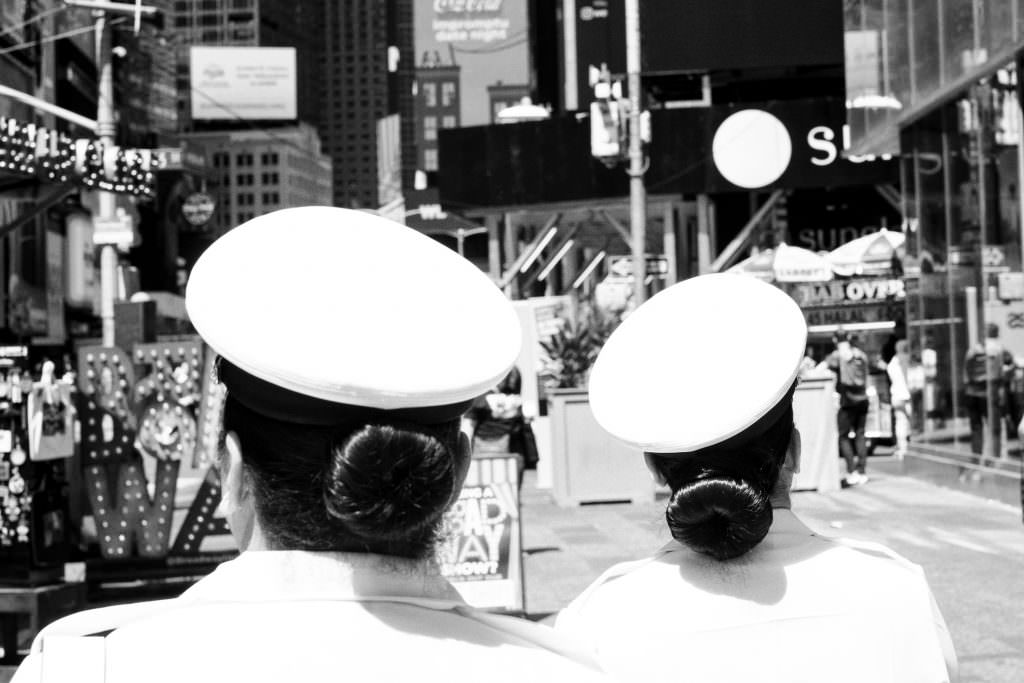
Have you ever studied at a photography school or are you a self-taught artist?
I am self-taught with notable mentors.
Who are the Masters of Photography who inspired you most in your photographic works?
Henri Cartier-Bresson, Ralph Gibson, and Elliott Erwitt are among my biggest influences.
Do you ever do Street Photography with your smartphone?
No, I try to keep my phone in my pocket when I am out. It is a constant battle, lol.
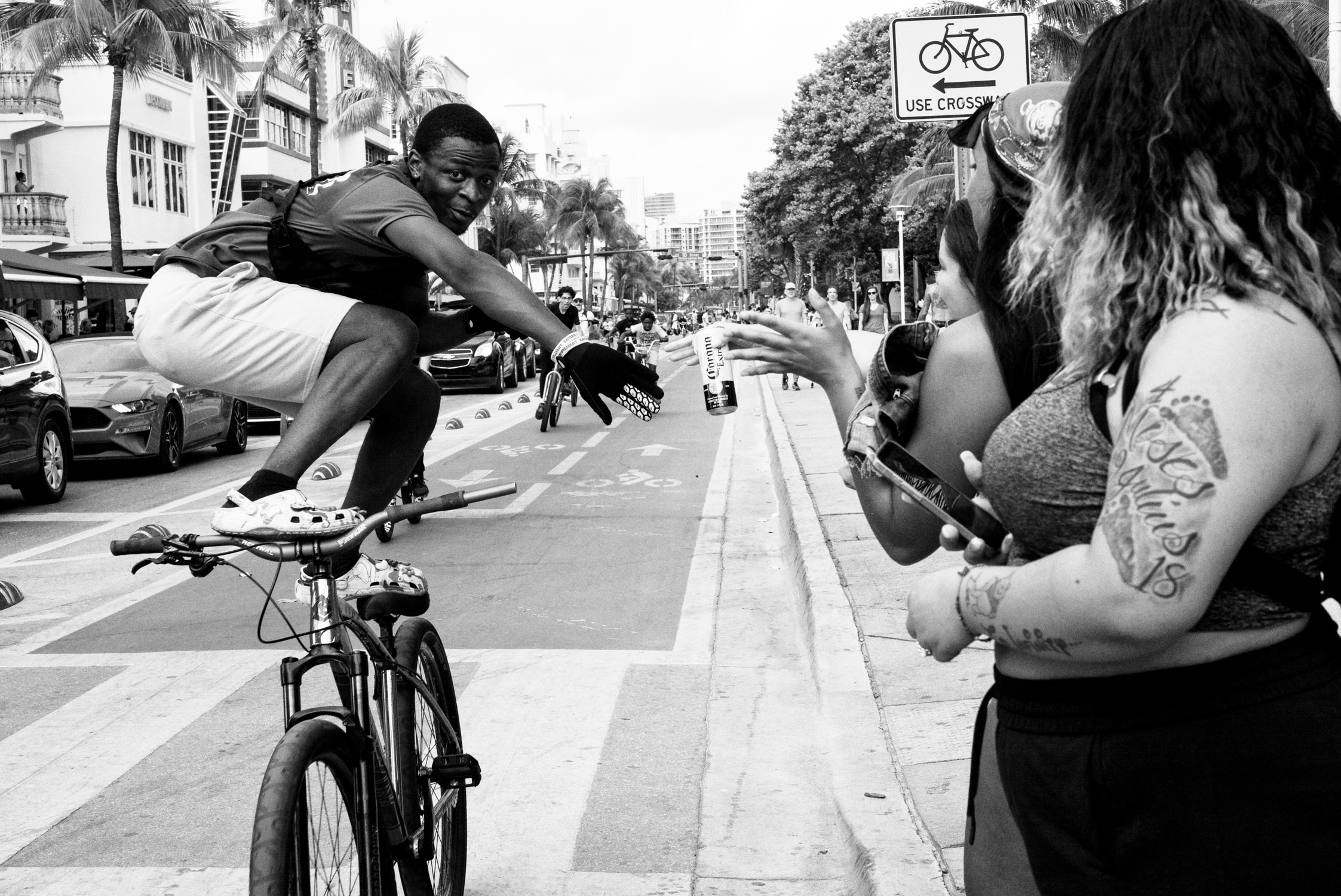
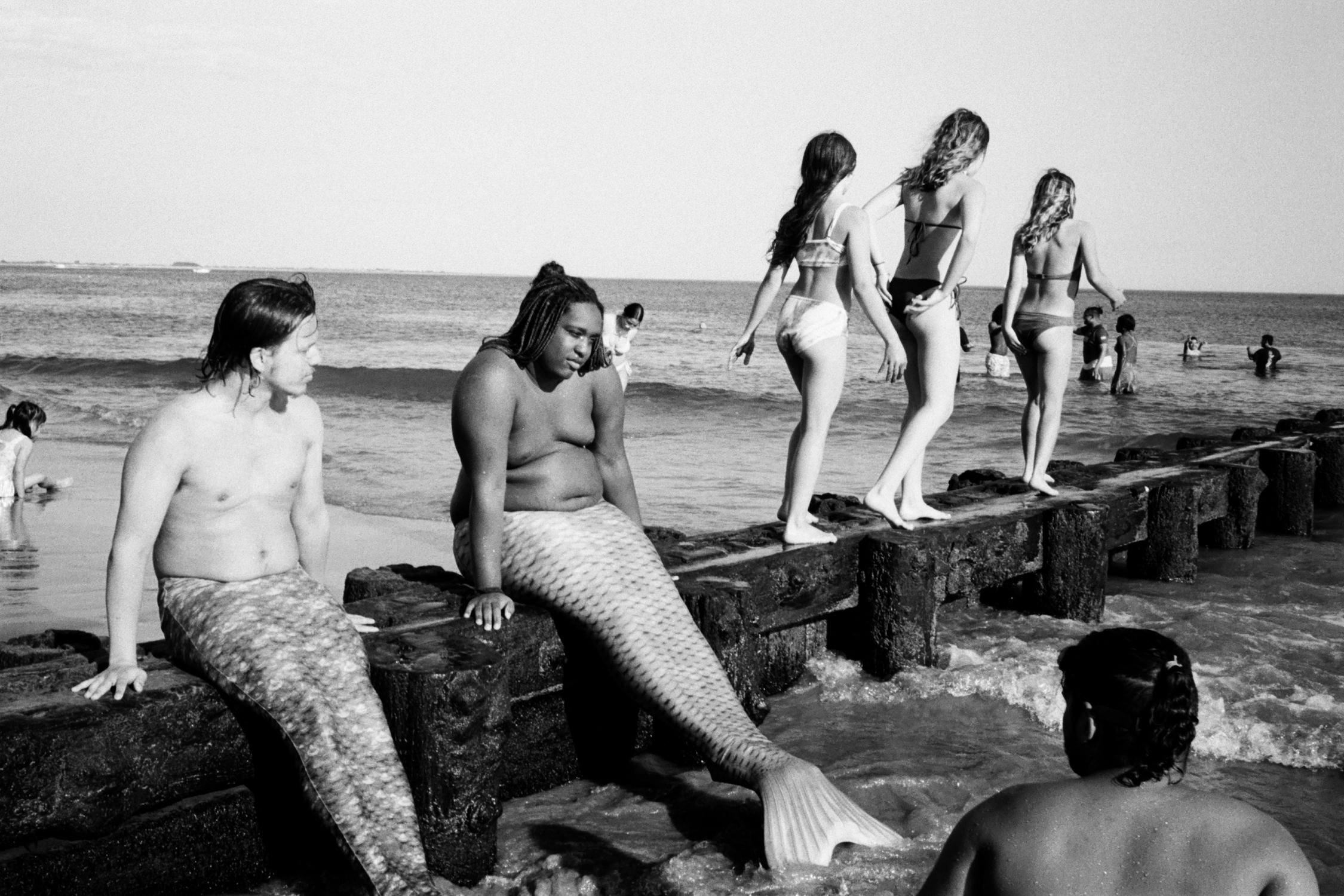
Analog and digital photography. Do you see these as alternatives to one another or the same thing?
I am a hybrid photographer. I love both digital and analog. I think the temptation of digital is to over-edit and, alternately, the perversion of film is look over substance. A good photo is a good photo; it transcends the tool.
Do you think Street Photography has a more documentary or more artistic value?
Both. My favorite tends to weave between the two.
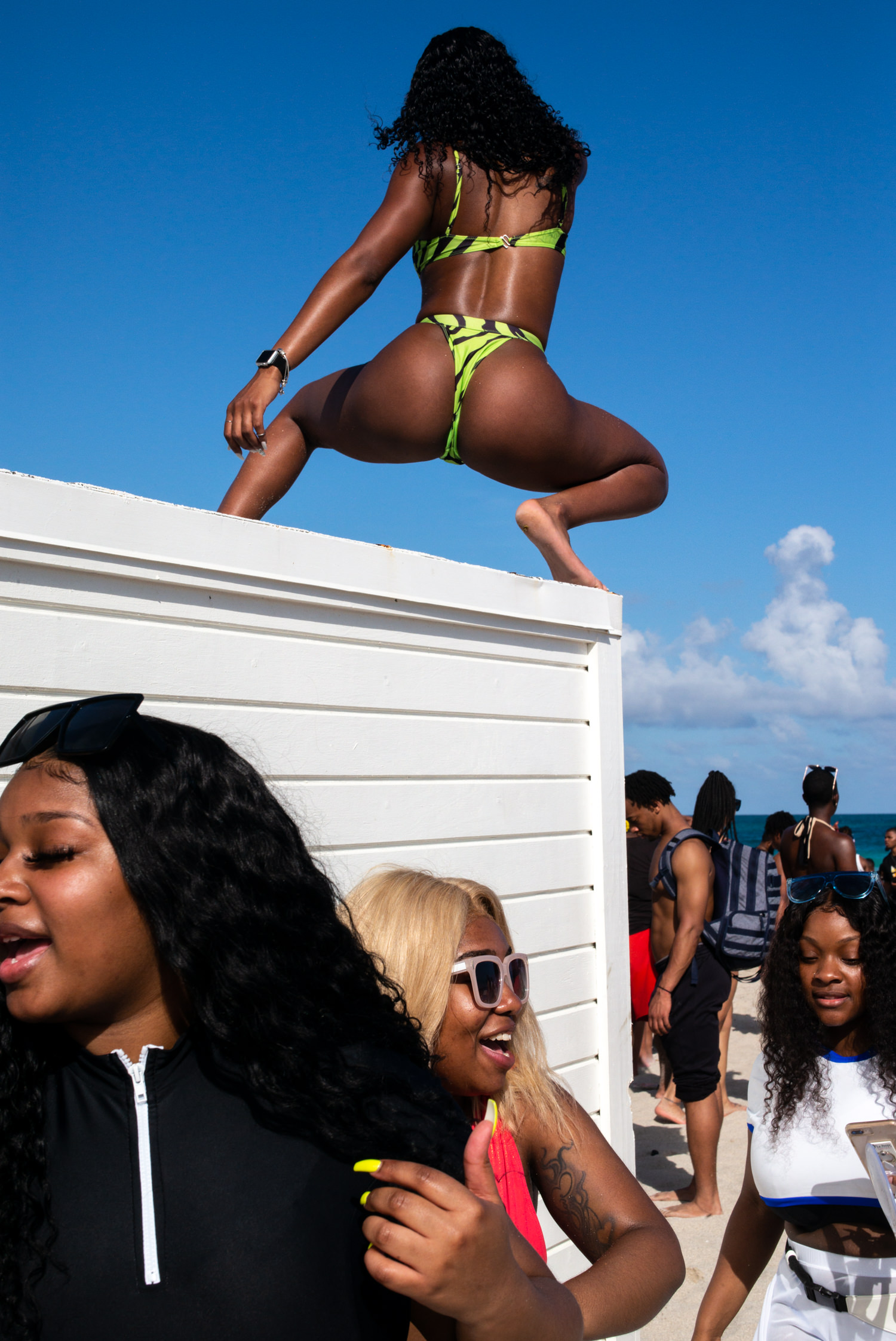
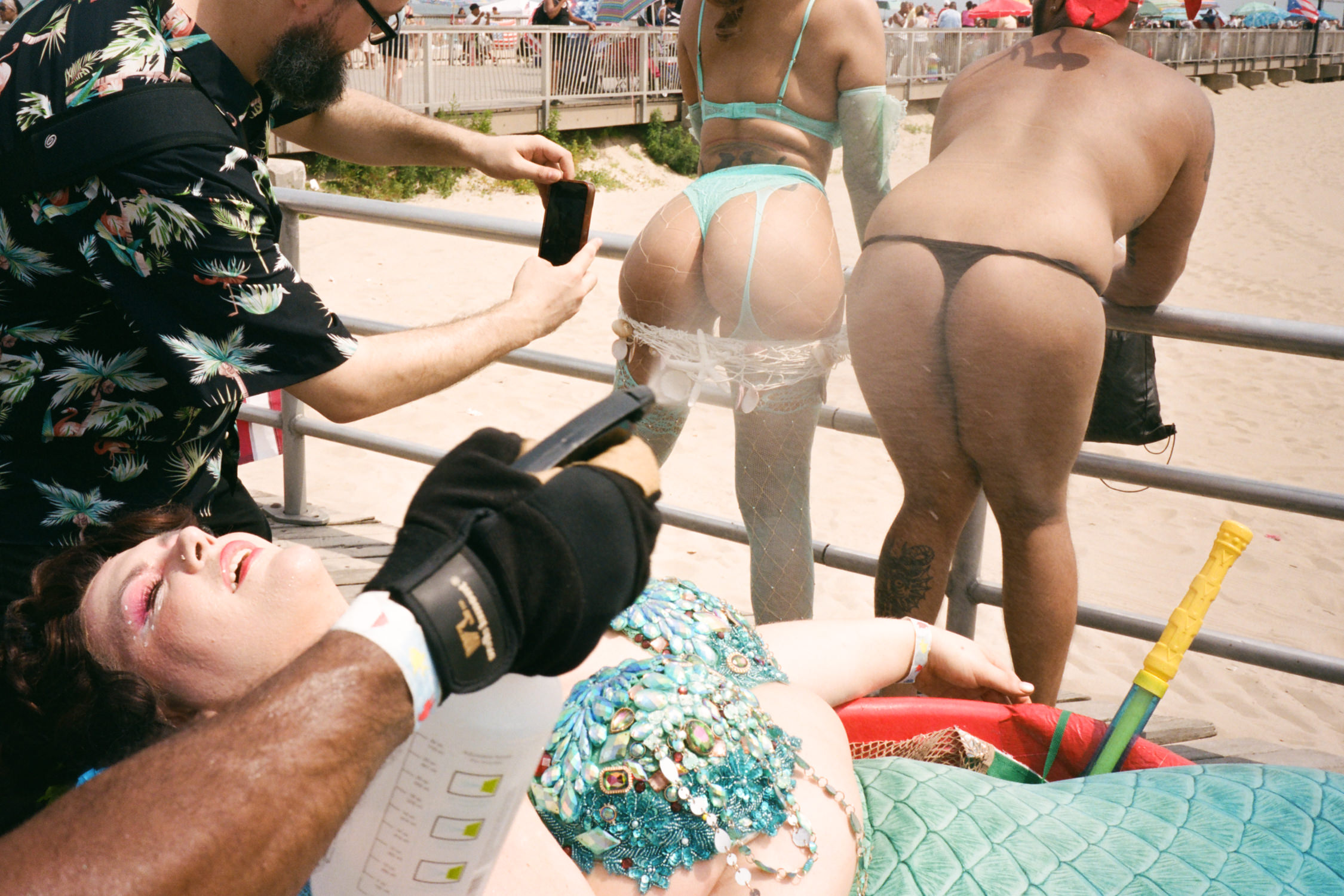
Do you think there are ethical limits in street photography? Do you think it’s possible to shoot everything and everybody? What is your approach in street photography?
Yes. As a general rule, I try not to exploit people or paint them in a bad light. I wouldn’t want my photo taken if I was down and out or compromised, and likewise, I think others should be afforded the same respect.
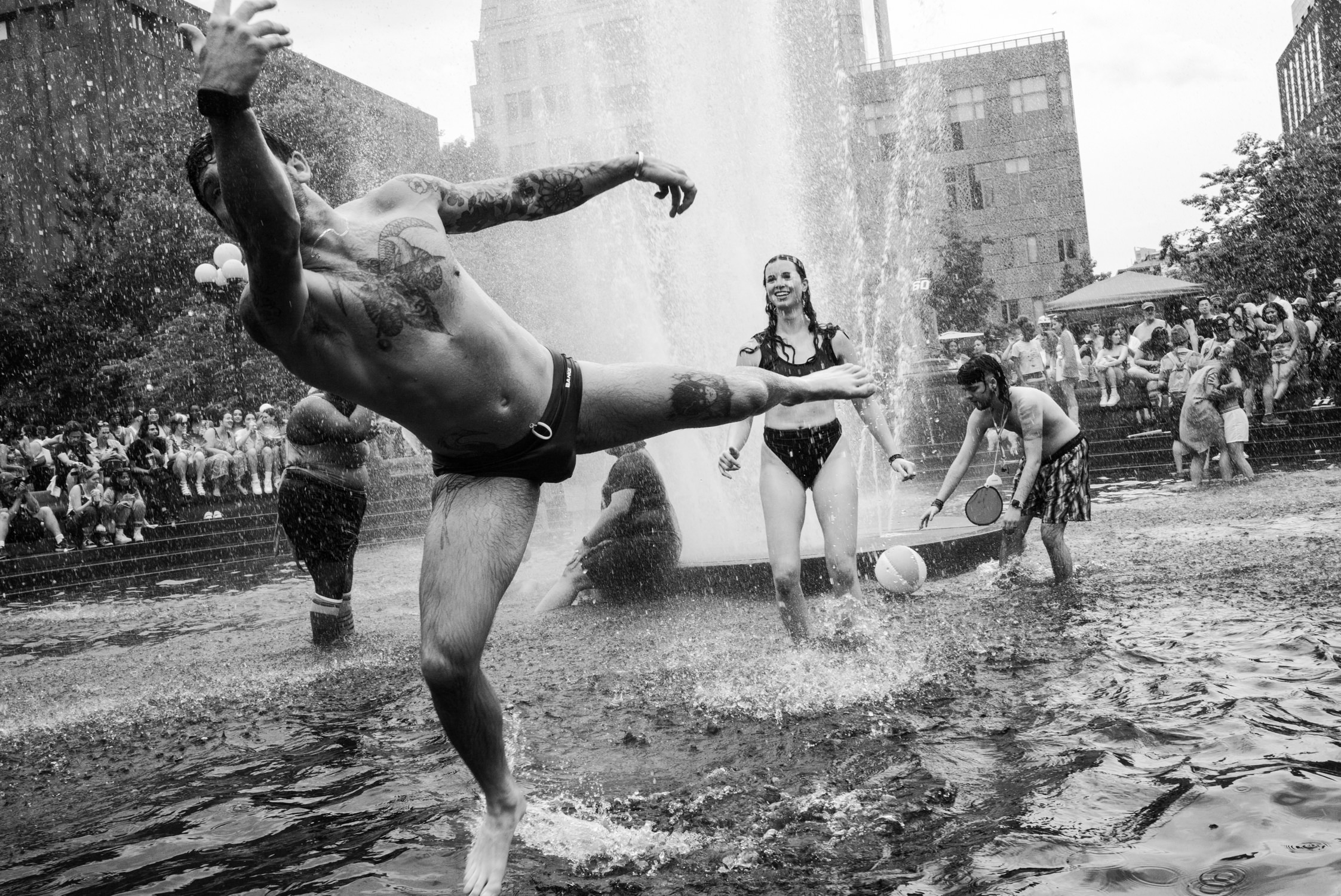
What kind of equipment do you use and what role, in your opinion, does equipment have in street photography?
The majority of this series was made with my Leica M240 and a 35mm Summilux. I also enjoy my 50mm Lux. Lately, I have been going out with my Leica Minilux and a few rolls of film. There is something freeing about being light and limited.
If you had to choose one lens that you would have to use for the rest of your life, which one would that be and why?
35mm because it is closest to how my eye sees.
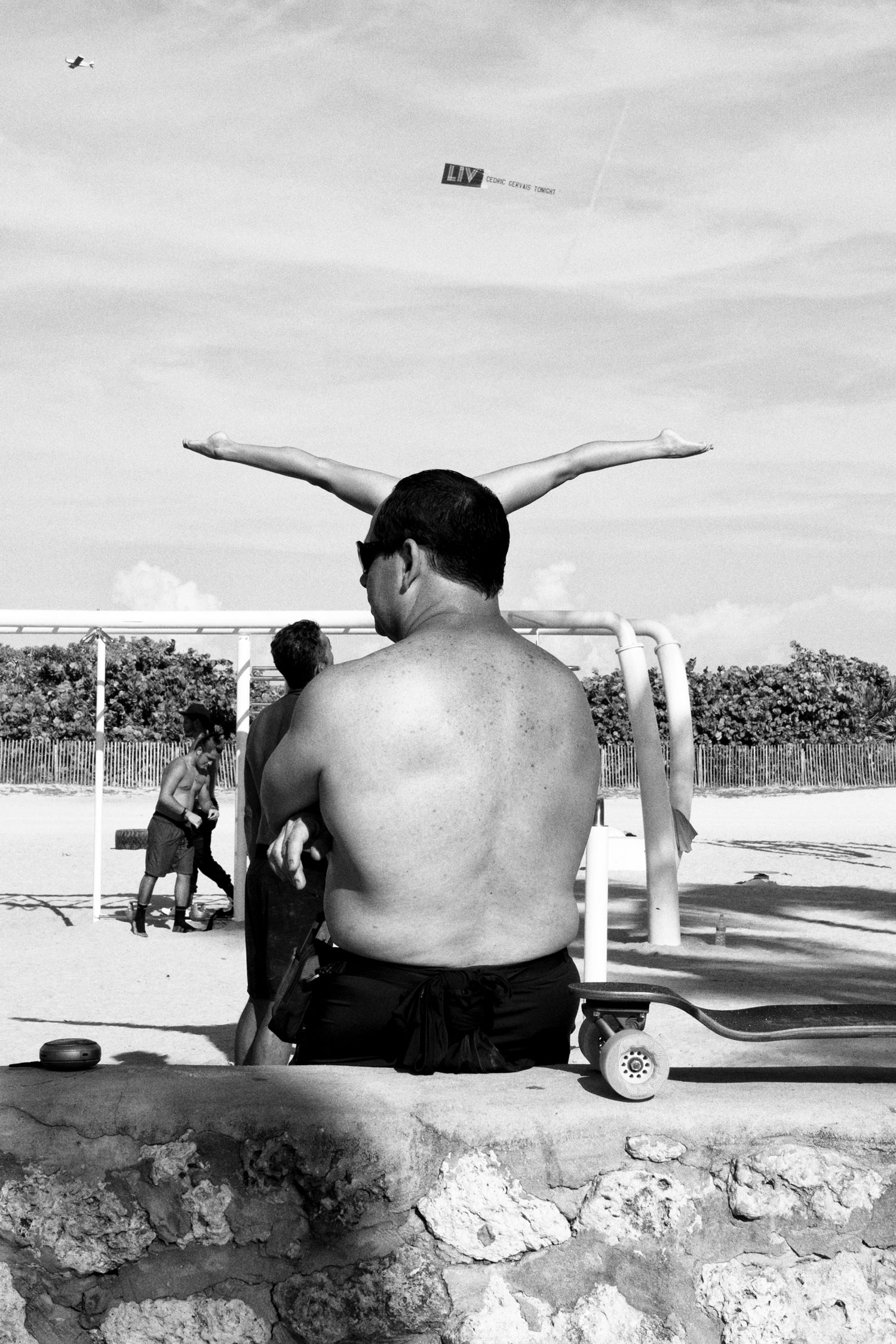
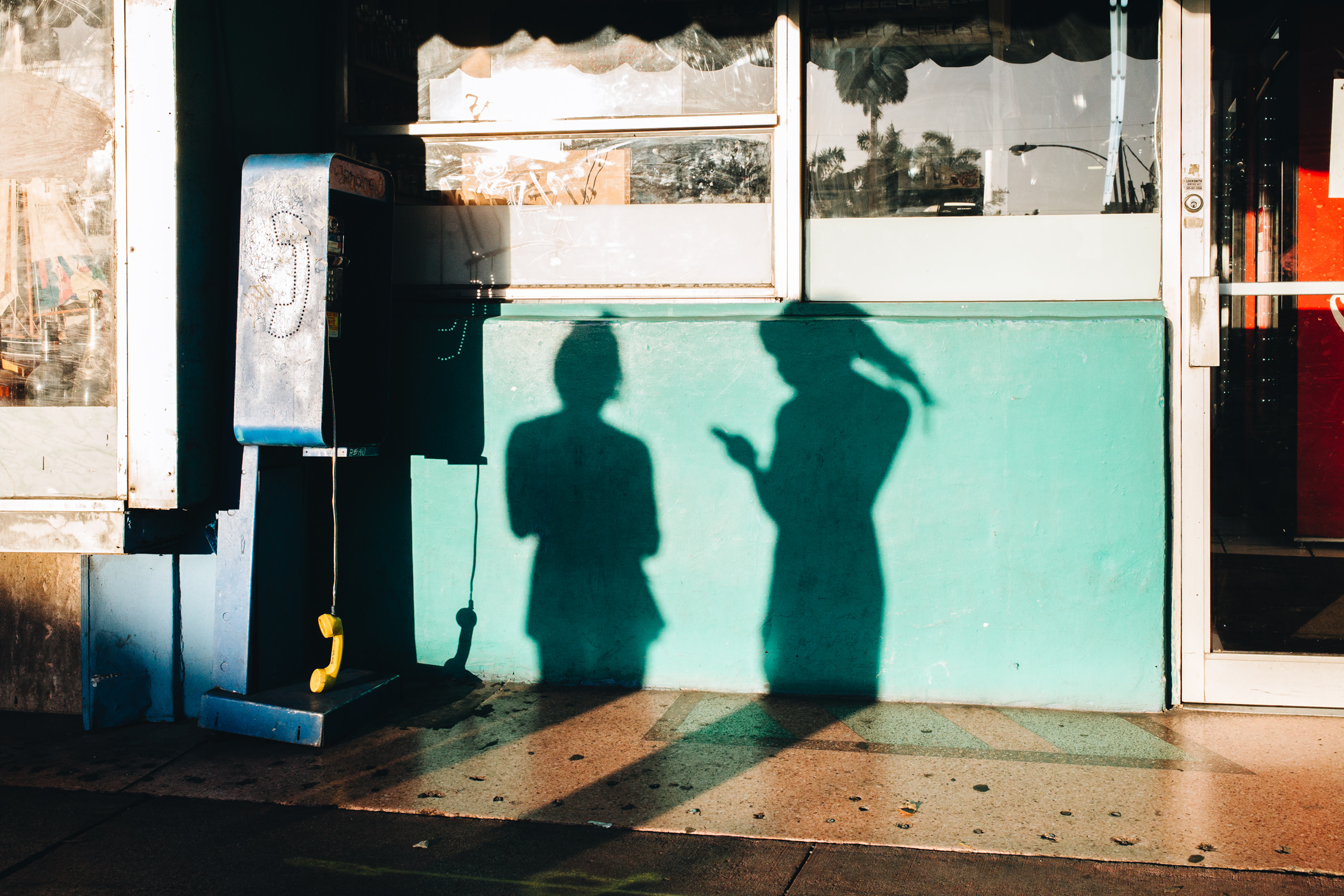
“I recently heard someone explain how having a style can limit your art and constrain creativity. I prefer to strive for a visual signature.”
After shooting, what actions do you take in terms of processing and editing?
For digital, I import images to Lightroom and try to keep it simple. I don’t like to stare at a screen or spend a long time editing. For black and white conversions, I like Silver Efex. For film, I have a local lab develop and scan for me.
Do you have new projects or themes in mind that you would like to explore in the future?
I spent many years photographing South Beach in Miami with my series Sobe Sundays, and lately, I have been spending a substantial amount of time in Coney Island. I am planning to soon make a zine called SoBe vs. Coney, where I juxtapose the two beach cultures.
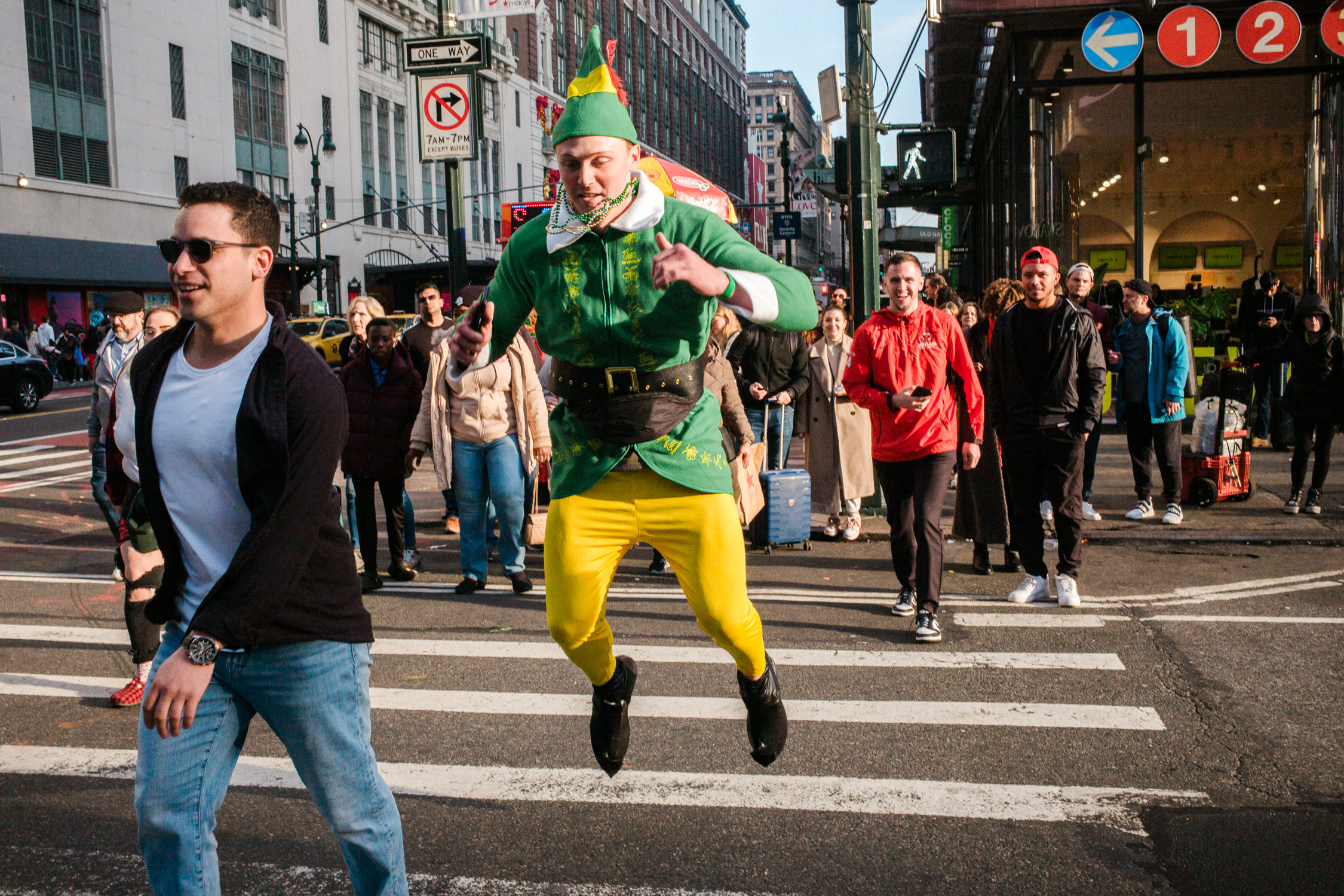
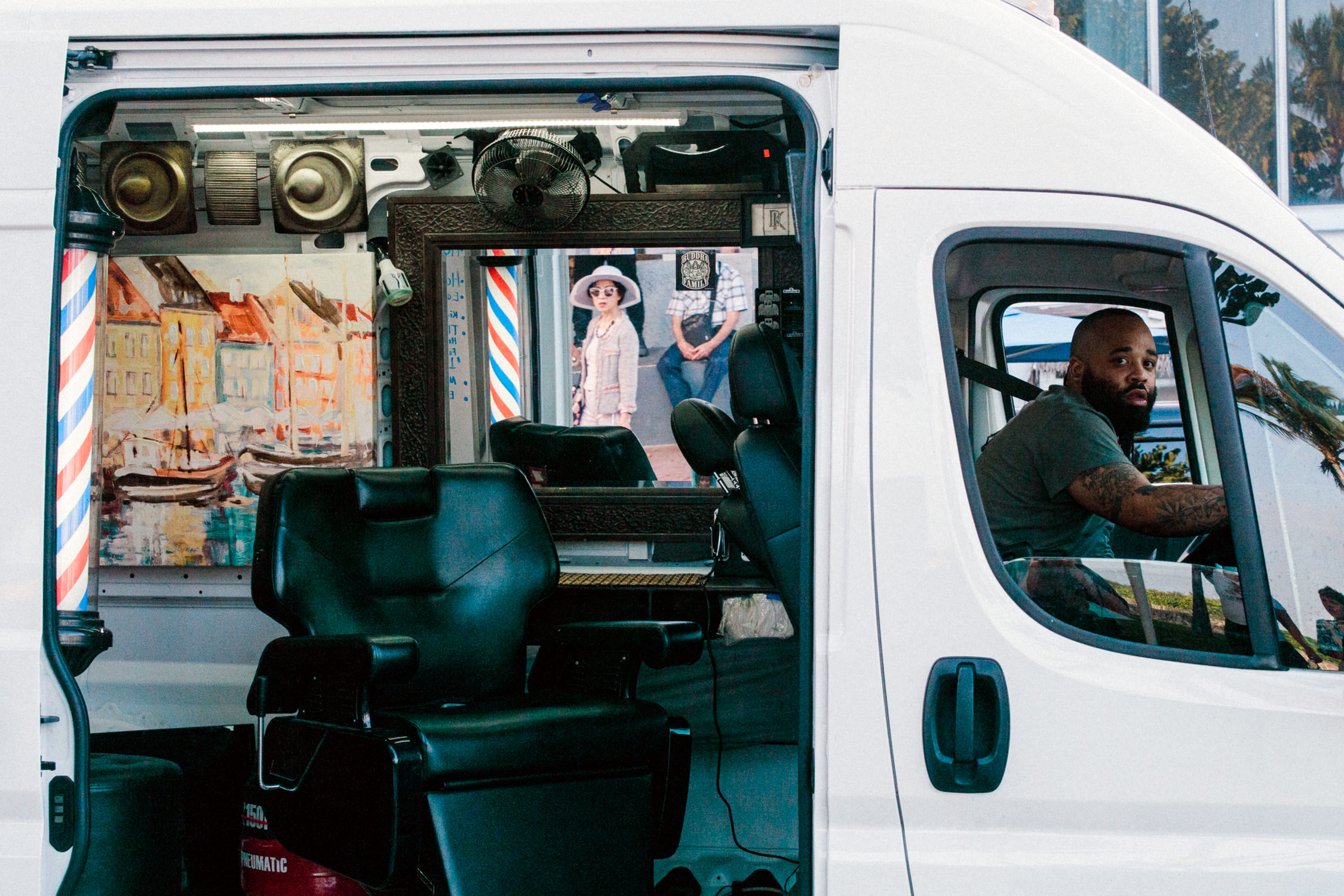
Which are your favorite photography books?
Ralph Gibson: The Black Trilogy, Henri Cartier-Bresson: The Decisive Moment. You can’t go wrong with any book by Elliott Erwitt or Bruce Davidson. I recently purchased and enjoyed Kodachrome by Luigi Ghirri. I love Helmut Newton’s SUMO.
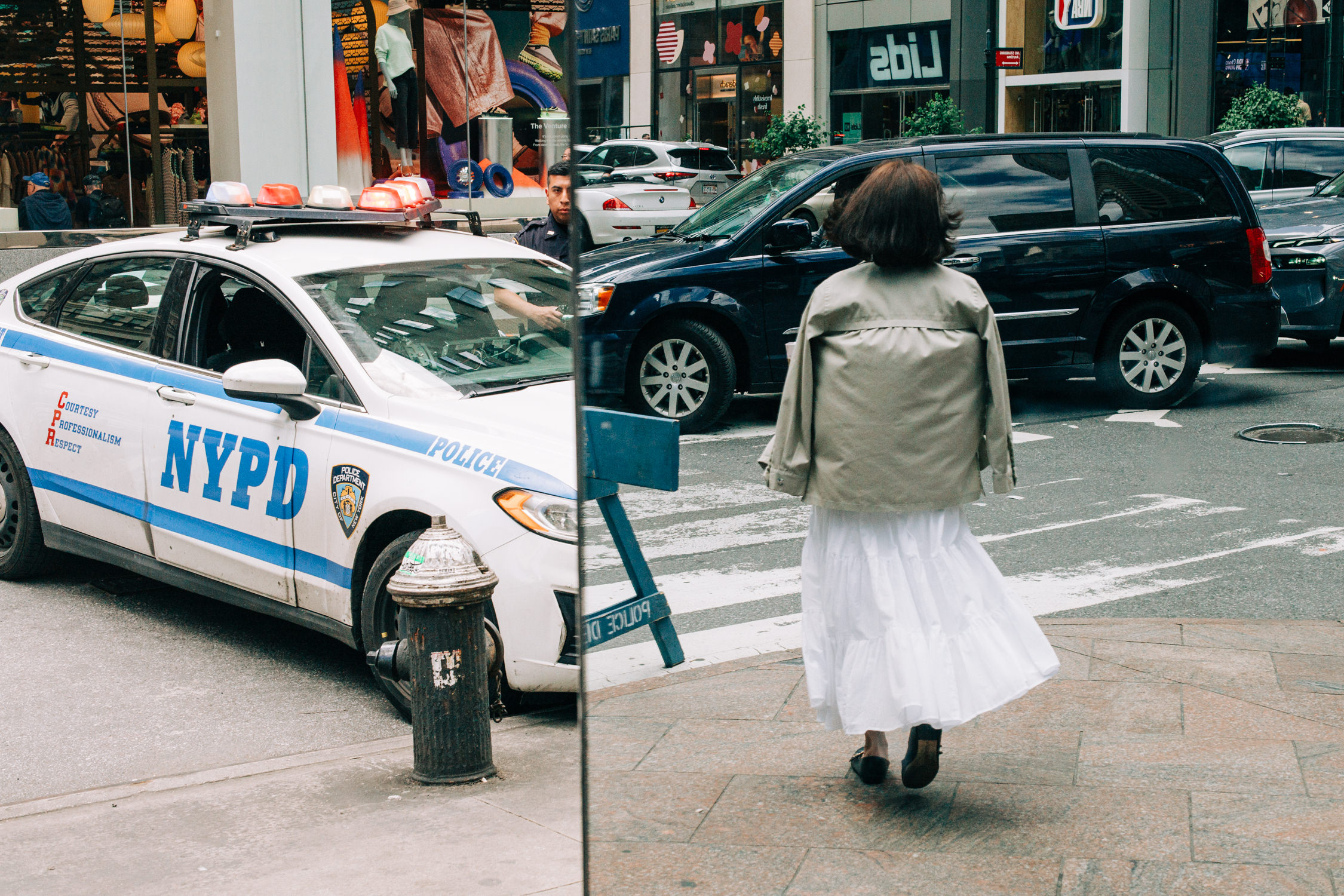
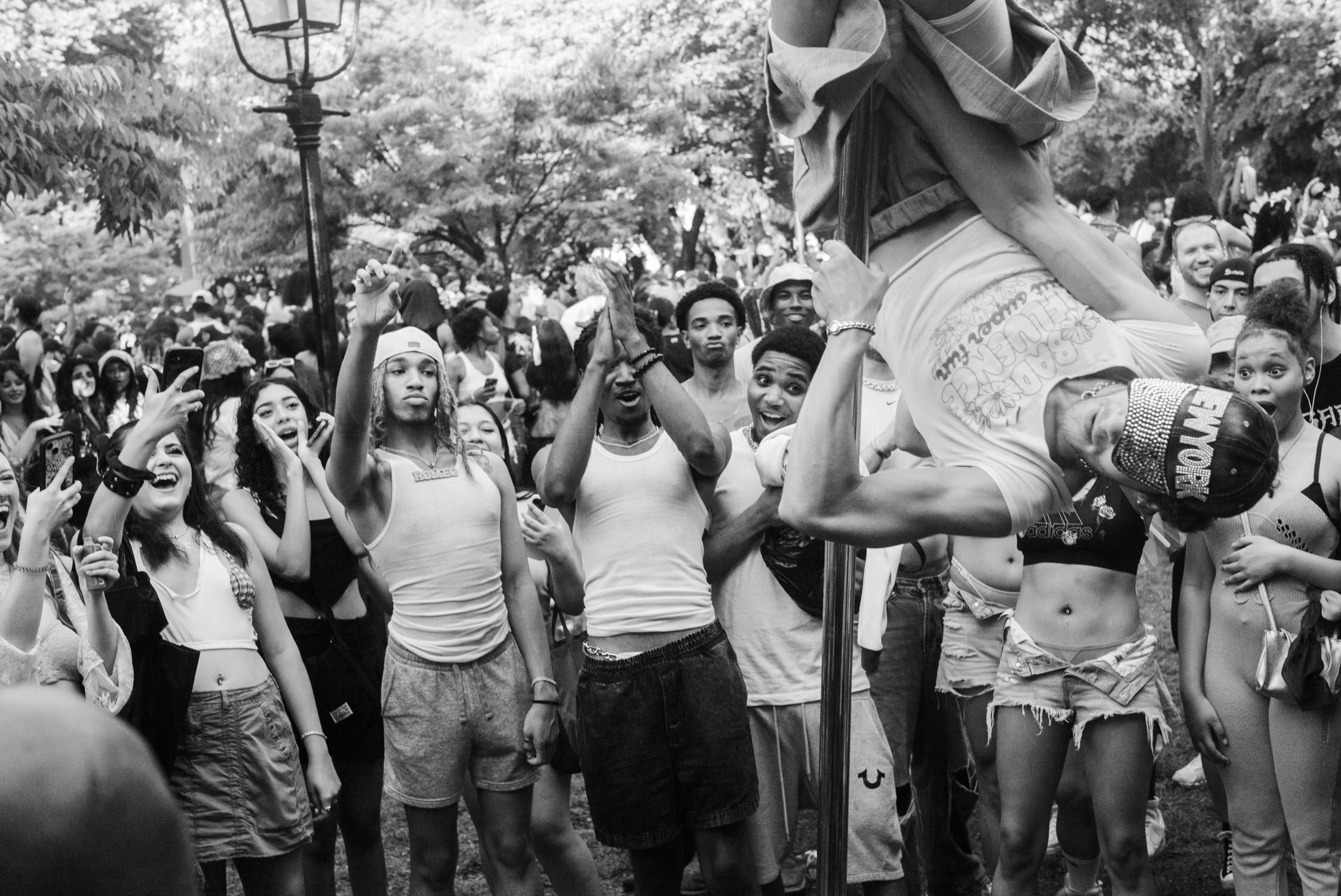
Is there a country or a city that you like to photograph more than others?
I am privileged to be able to photograph the trifecta of my hometown LA, my adopted home Miami, and my new home NYC. I loved Venice, Italy when I visited, and Havana, Cuba.
What advice would you give to someone who is starting to do street photography and wants to develop a unique and personal style?
The easiest way to be original while you develop your visual signature is to find an open lane. If everyone is on 42nd St., go to 142nd St. While looking for an open lane or untapped theme, appeal to your interests and start locally. When I lived in Miami, I noticed no one had made a large body of street photos in South Beach since Andy Sweet and Gary Monroe in the late 70s and early 80s, at least to my knowledge. South Beach was contemporarily untapped for in-depth street photography. It provided me with a space to both contribute to the art form and develop a visual signature while becoming embedded in the culture of the neighborhood.
Thank you!
BRIAN BIOGRAPHY
Brian Demby is a street photographer born and raised in Los Angeles. He discovered his passion for photography while searching for a creative outlet away from his turbulent career in music production. His approach to the art of photography is heavily influenced by past experiences. He spent the bulk of the 90s skateboarding and has been a music producer and mix engineer since 2004. Demby also earned a BA in Politics from the University of California, Santa Cruz. Where skateboarding taught him the importance of self expression and style, music production allowed him to hone his skills as an observer of detail and human emotion. His study of politics created the desire to incorporate social commentary into his art. These attributes lend themselves well to photography. As a photographer, Demby plays the role of observer intent on capturing the genuine, unique, and fleeting moments of everyday life. He currently resides in New York City with his wife, Jonelle and his seven-year-old son, Lev. He enjoys reading, vegan food, and spending time with his family.
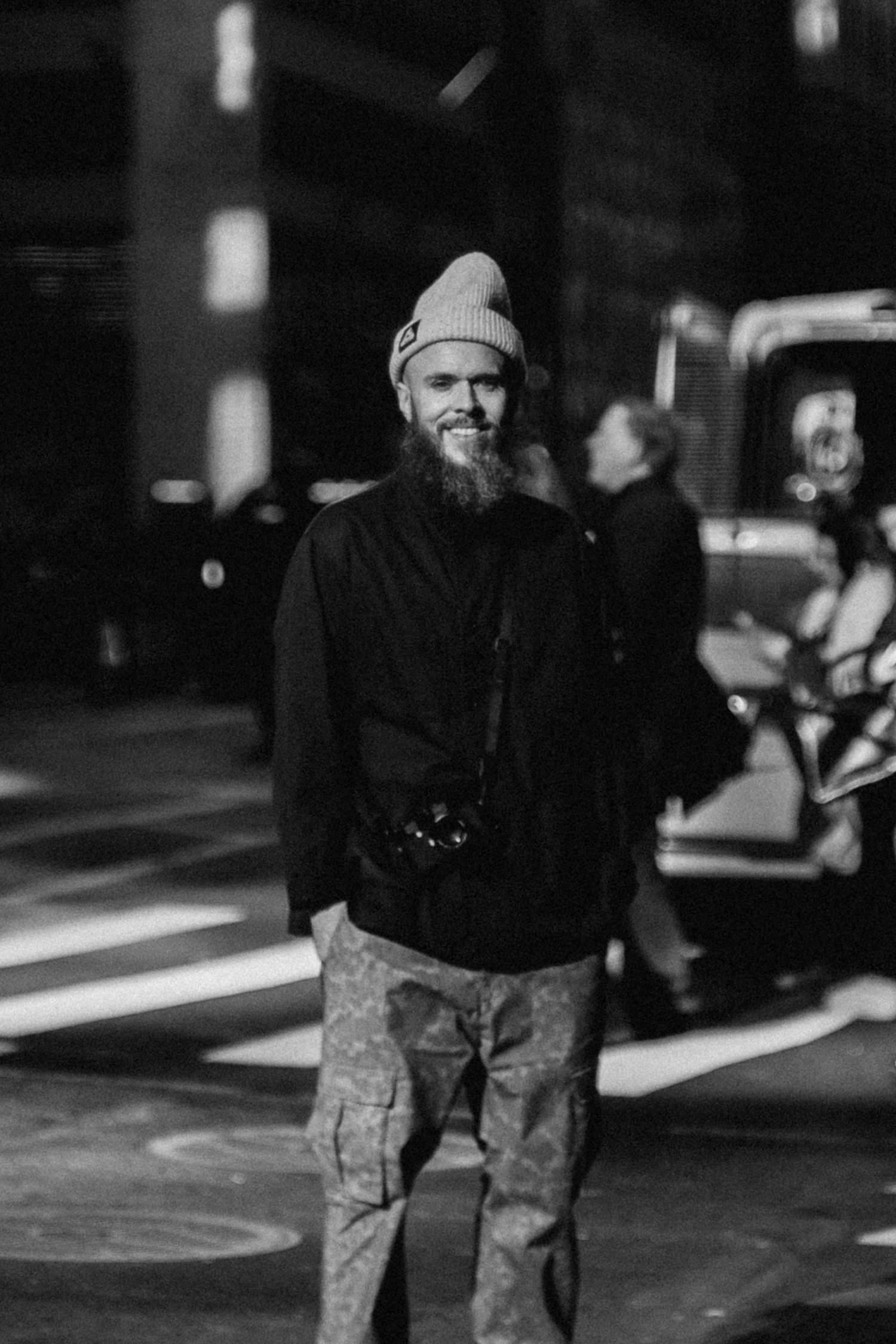
Brian Links:
Website: https://www.BrianDemby.com
Instagram: https://www.instagram.com/Brian.Demby/
Threads: https://www.threads.net/@brian.demby

